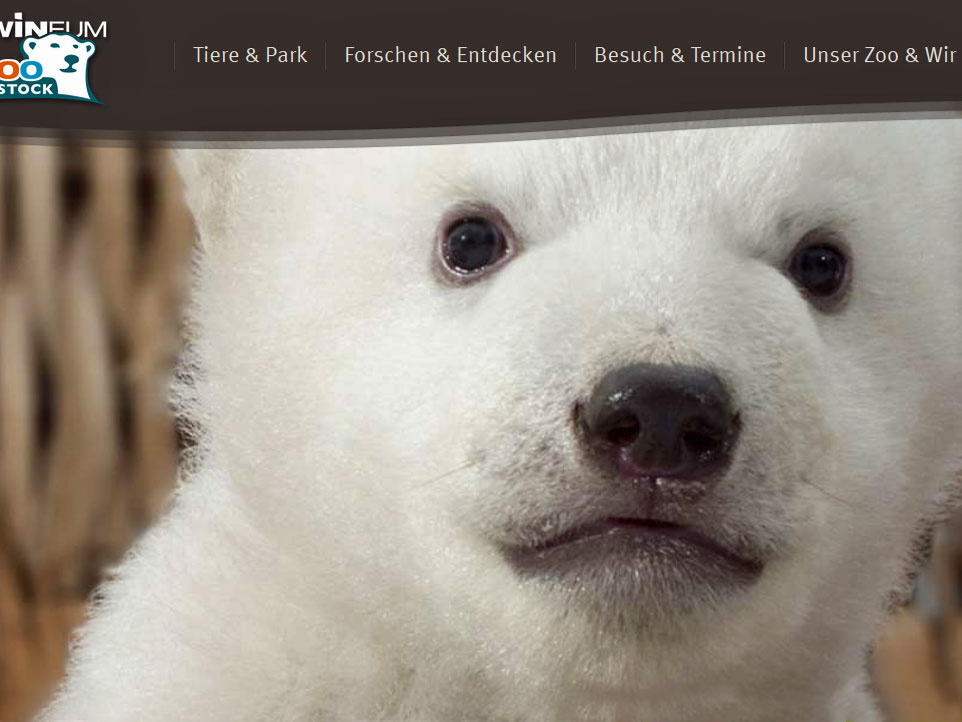Joel C. Timyan, Walter S. Judd, Kent D. Perkins, and Norris H. Williams Le Parc National Naturel Macaya, établi le 23 juin 1983, est situé dans le Massif de la Hotte sur la péninsule méridionale de la République d’Haïti sur l’île d’Hispaniola dans les Grandes Antilles. Ce site sur ligne fournit une
Le développement de ce site est financé, en partie, par une subvention de la Société Audubon Haïti (2015
https://www.floridamuseum.ufl.edu/caribarch/
The Caribbean Archaeology Program was founded in 1960 by Ripley P. Bullen. The program is based around one of the largest systematic collections of pre-Columbian artifacts in North America. What the collection lacks in size is compensated for by its diversity. Contact Us For more informa
Les campagnes de prospections et de fouilles sont une partie intégrale du Programme d’archéologie antillaise
https://www.floridamuseum.ufl.edu/science/hollow-trees-host-massive-moth-slumber-parties/
Unlike social insects such as bees and ants, moths are generally loners. So, when Florida Museum of Natural History lepidopterist Andrei Sourakov spotted a dozen glossy black Idia moths inside a hollow tree, he made a mental note. After he stumbled across 100 of the same species in another hollow
Media Contacts Exhibit Press Kits Life on Earth Hollow trees host massive moth slumber parties
https://www.floridamuseum.ufl.edu/subscribe/
Never miss a thing! Sign up for the Florida Museum emails you want – and only what you want – and we’ll keep you posted on the things that interest you the most. Get newsletters emailed to you regularly or just a quick email alert when something you want to know about is happening. You can always r
The Florida Museum does not share email or membership information with third parties.










